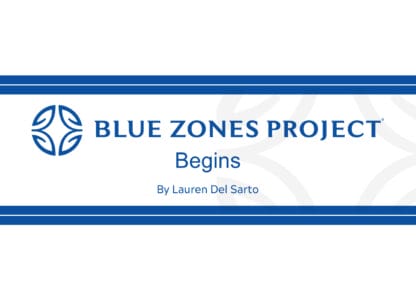Most of us are enrolled in some type of managed care health plan. Managed care means you agree to allow a private insurance group or physicians group manage your access to health care. From the insurer’s point of view, these are cost containment measures, and they can be frustrating to deal with if they are unexpected or delaying your care.
What type of plan do I want? Managed care comes in three most common plan types: HMO, PPO and Part D drug plans. Almost all plans for those under the age of 65 are PPO or HMO. If you are in a Medicare Advantage plan, it is an HMO or PPO, and if you have Original Medicare plus a supplement, you might also have a Part D drug plan. It can get complicated, so we can all benefit from learning how to navigate the managed care process.
Do I need pre-authorizations? In all plan types mentioned, the insurer has the right to request prior authorization for any procedure. With an HMO, authorization for a referral to care from anyone other than your primary care provider is required. This prior authorization allows the insurer to control the cost by confirming that the procedure is deemed necessary by their guidelines and priced within their contract parameters. For example, having physical therapy after an injury might be limited to only a few sessions until your doctor requests further treatment. Knowing this can help you get ahead of the delay by simply communicating the need for further sessions well in advance.
Is my doctor in their network? The provider network is another managed care tool with which you must work. Both HMO and PPO plans have a network of contracted providers. These health care professionals and facilities have signed a contract agreeing to the payment terms of the insurer. However, you do have the right to request treatment out of network. In a PPO plan, this can be arranged directly with the provider if they agree to accept your insurer’s reimbursement rate and bill you the balance. In an HMO, your primary care provider is responsible for finding the referral, and if it is out of network, it will not cost you more, but it may delay care, and the referral will be on a case-by-case basis. So, seeing that care provider once does not mean you will always have access to them.
On drug plans, prior authorization and quantity limits are imposed on many medications, especially controlled substances and expensive brand name drugs. Authorizations are specific to the exact dosage prescribed as well, so if your doctor changes your dosage, you may have to request authorization all over again. We see this a lot with Ozempic and other GLP1 meds, where the normal course is to raise dosage as treatment progresses.
Does the plan cover my medications? Drug plans are required to cover one medication in each class of drugs. If your medication is not covered, you can request a formulary exception. This requires the prescribing physician to certify that the covered drug is “contra-indicated” in this patient, meaning it either does not work for you or causes a side effect. In this case, the drug plan is required to cover the same class medication at the agreed cost of the drug that is on their formulary. This can save you thousands of dollars over the course of treatment.
Being prepared for these cost containment practices can help you avoid surprises and frustration in dealing with any medical treatment or drug therapy.
Randy Foulds of Foulds Health Insurance Agency is an independent broker and Medicare specialist in La Quinta (license #0G69218) and can be reached at (760) 346.6565. This is provided for informational purposes only and is not intended to substitute for professional advice.















































Comments (0)